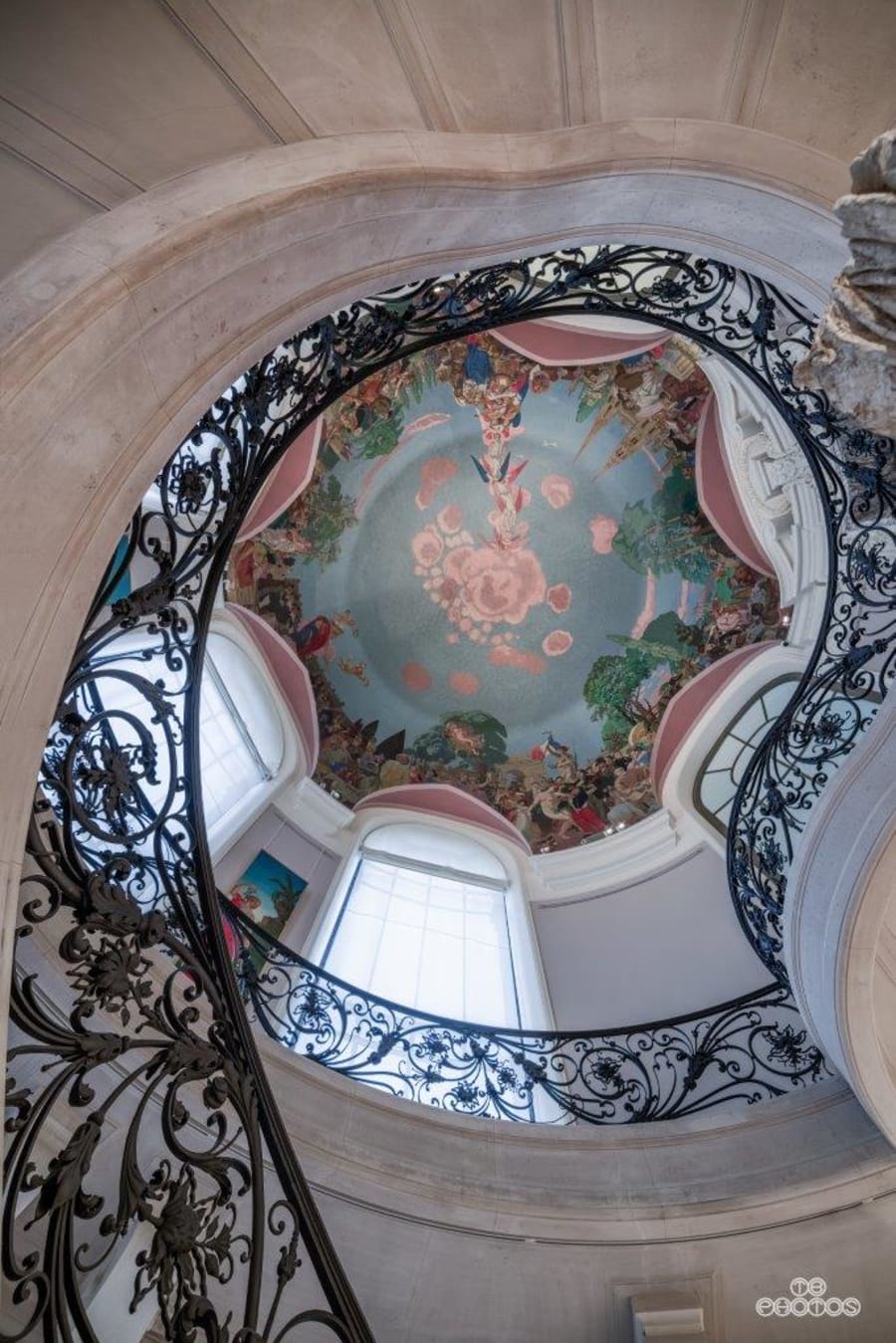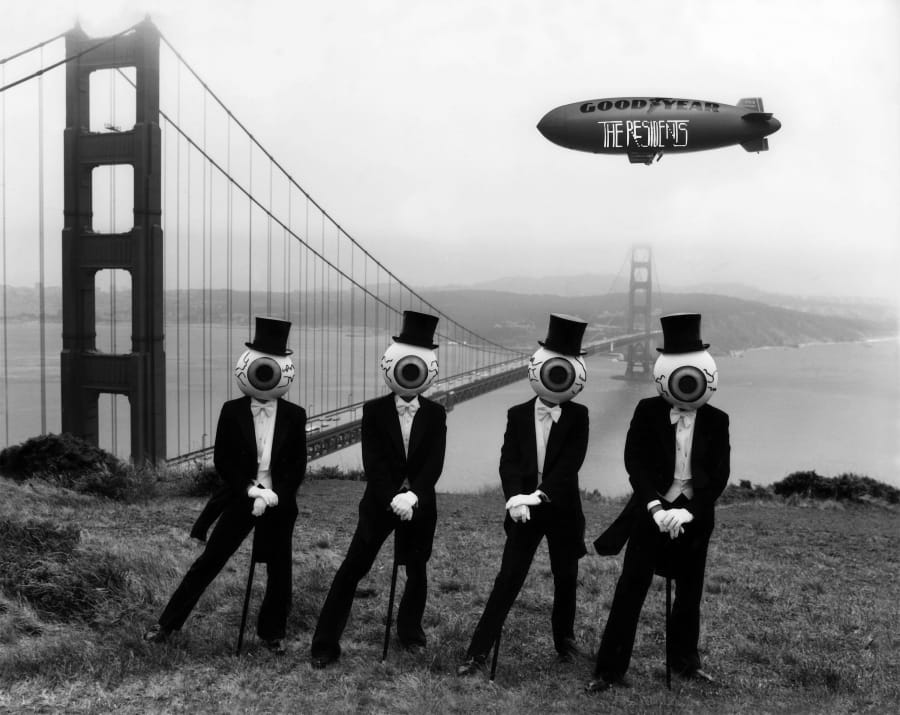A grand square in Paris’s 1st arrondissement that is today synonymous with luxury hotels and retailers, the Place Vendôme has a turbulent history in both politics and art. Originally built in 1698 to celebrate the armies of Louis XIV, the square was later adorned by a triumphal bronze column that Napoleon had cast from cannon seized during the battle of Austerlitz in 1805. During the Paris Commune, painter Gustave Courbet was so appalled by this celebration of imperial war, that he wrote a petition to the government of National Defense asking that it be ‘debunked’. It was later destroyed altogether. When the Commune was crushed the following year, Courbet was sentenced to pay the astronomical costs of the column’s reconstruction, causing him to flee to Switzerland and leave behind his artworks to be sold off by the government for a pittance. He died a few years later.
This month, to mark Art Basel Paris, a new statue will spring up from the historically loamy soil of Place Vendôme: a giant, red-capped, hallucinogenic mushroom. Why a mushroom? ‘It’s a natural choice,’ says the artist Carsten Höller, whose gallery, Gagosian, has overseen the installation. ‘Many things have happened [at Place Vendôme] that have to do with human evolution, and I want to contrast human evolution, especially cultural evolution, with natural evolution in terms of fungus – as if the fungus would break through the stones of Place Vendôme and claim its right [to belong] in the middle of all this history.’
What many of us think of as a mushroom is actually just the fruiting body of a highly complex organism that includes vast networks of mycelium which can stretch invisibly for miles underground. Similarly, this sculpture is the product of a far larger enterprise that Höller has been pursuing for years – installing red-capped mushrooms in art spaces around the world, sometimes dangling upside down from the ceiling, at other times spinning mesmerically on the floor. The idea ‘is to point somehow to the fact that there’s something beyond our comprehension,’ Höller says of the interventions. ‘At the end of the day, it’s all about what we can understand, and I think this is a limited resource.’ (Of the spinning-on-the-floor varietal, he says, more bluntly, ‘The intention was to create an artwork that drives people mad, basically.’)
Höller was first drawn to his favorite, vermillion-hatted fungus after reading a book by the mycologist R. Gordon Wasson that proposed this species – known as the amanita muscaria or, more simply, the fly agaric – was the active ingredient in a mythic, psychotropic ‘super drug’ called Soma that was celebrated by the ancient Vedic people of northern India. An agricultural scientist by training, the artist began a series of trials to test the hypothesis. First, he ingested it himself – ‘I had to, right? It’s my job’ – and, although five out of six attempts led to nothing but a ‘disgusting’ culinary experience followed by a deep slumber, the sixth had a semi-miraculous effect. ‘I started to sing in my chair,’ he recalls. ‘I am a very bad singer – I can hardly sing anything – but, suddenly, I could sing in two voices at the same time. There’s a video of it, where you can hear me singing a children’s song.’
Additional research included a massive test, of sorts, carried out in 2010 as part of an exhibition at the Hamburger Bahnhof titled ‘Soma’. The show featured two sets of live animals – each consisting of reindeer, canaries, mice, and flies – that were subjected to the fly agaric, with the aim of noting differences in behavior induced by the substance. ‘It was a double-blind scientific experiment,’ he says, adding that, since no one actually tracked which creatures consumed the mushroom, ‘It was really more a proposition than a scientific experiment.’
This month, in the Place Vendôme, Höller’s artistic mycorrhiza will manifest above ground in an inedible format, represented by a three-meter-tall aluminum sculpture that, in fact, fuses the signature red top of the fly agaric with aspects taken from two other varieties of similar size: the long-net stinkhorn and the dove-colored tricholoma. Why? ‘Inner voices told me,’ says the artist. ‘At the end of the day, you can’t really explain the whole thing.’
For those wanting to taste one of Höller’s fungi for themselves, there’s good and bad news. The good news? The artist’s fabled Stockholm restaurant, Brutalisten, will run a satellite in Paris during the fair in collaboration with the creative culinary studio We Are Ona – and they will be serving mushrooms. The bad news? It won’t be the fly agaric. ‘I’d like wild mushrooms, but it really depends on the weather which ones you can get access to,’ says the artist. ‘If not, we can also do an amazing dish with the normal champignon de Paris that you can buy in the supermarket.’
Find out more about the Art Basel Paris 2024 Public Program here.
Carsten Höller is represented by Gagosian (New York, Basel, London, Geneva, Hong Kong, Paris, Rome).
Andrew Goldstein is a media strategy consultant based in New York and the editor-at-large of Artwrld.
Caption for the header image: Photograph by Minko Minev. Courtesy the artist and Gagosian.


